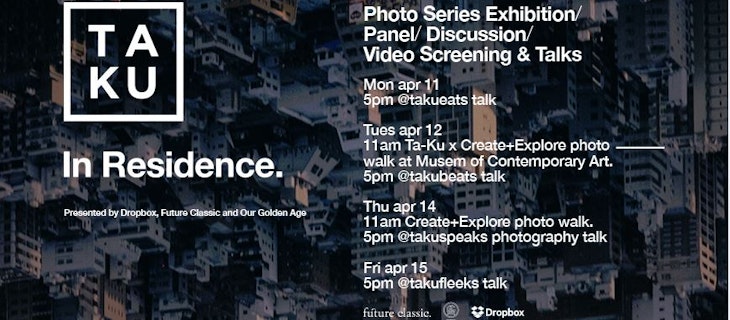
Creating creativity: How to bring out employee creativity
Every workplace wants to ensure their employees are able to bring the best sides to the table – and often that takes the form of creativity. In the final of our series on creating creativity, we look at how to encourage creative output from your employees.
Many barriers can get in the way of employees practicing their creativity in a work context – both self-imposed and imposed by the business itself. A true leader is able to recognise these barriers, and make changes which encourage personal and team creativity, rather than hinder it.
“I’m not very creative…”
Employees will often say they aren’t a creative person – but this isn’t true. Creativity, especially in a professional context, is more about problem-solving in an unexpected way than a stroke of unobtainable genius. After all, those best suited to answer a problem creatively are those in a field or area adjacent to it, not directly in it – a field which you can import concepts and ideas from into the context of a new problem. Part of the job of empowering your employees is to demystify this limiting belief, and convince them that creativity isn’t an innate talent you either have or not, but a skill that is learnable with time.
Creative opportunities
As a manager or owner, it’s important to identify which tasks or projects are genuinely opportunities for employees to stretch their creative muscle on – tasks which do not have an immediate solve or solution, and require a different kind of output to succeed are ripe for some mental tinkering.
Treating every opportunity as a creative opportunity can quickly tire out employees – expending time and resources away from genuine prospects and fuelling the “I’m not very creative” belief. Be selective and employees will be creative. In the right circumstances, creativity can thrive on constraints. When you create a frame for your problem, it will help structure your team’s ideas.
Pockets of magic
More than any other process, there are many times during the creative process which people will be convinced that they need to throw in the towel, that a bad result is a reflection of their inner imagination. This is normal – so it pays to have people working together on a creative task who genuinely get along and will encourage each other.
Where possible notice those partnerships or groups which feed off each other’s energy when they’re in the room together, as those are the ones who will be able to spur each other on during the often gruelling creative process. Try to orchestrate projects so that these people work together. Multidisciplinary teams are also important for structuring creativity, as people with different expertise will naturally approach problems from different perspectives.
A significant mission
If you want employees to treat a task specially, don’t serve it up to them ordinarily. Research into corporate creativity conducted over ten years Harvard Business School professor Teresa Amabile finds that imbuing creative tasks with a sense of specialness, or what she calls ‘a significant mission’, can encourage employees to keep at it.
Consider briefing employees off-site in a space which will inspire new types of thinking – for example, in a customer’s home or store, the rooftop, an art gallery, or other public space. For best results, link this location with the task at hand.
Another way to create the sense of significance around a project is to codify early on participant roles and responsibilities, as well as the output expected and the laying of ground rules (as above). Giving employees some special freedoms or privileges during the process – for example, being able to work off-site or away from their desk – can greatly improve the quality of the output.
Amabile’s recommendations support a larger truth about creativity in a workplace context – it is a significant undertaking. As a manager, make a concerted effort and keep believing in the task you are doing – in doing so, your own creative side may come out as well.


